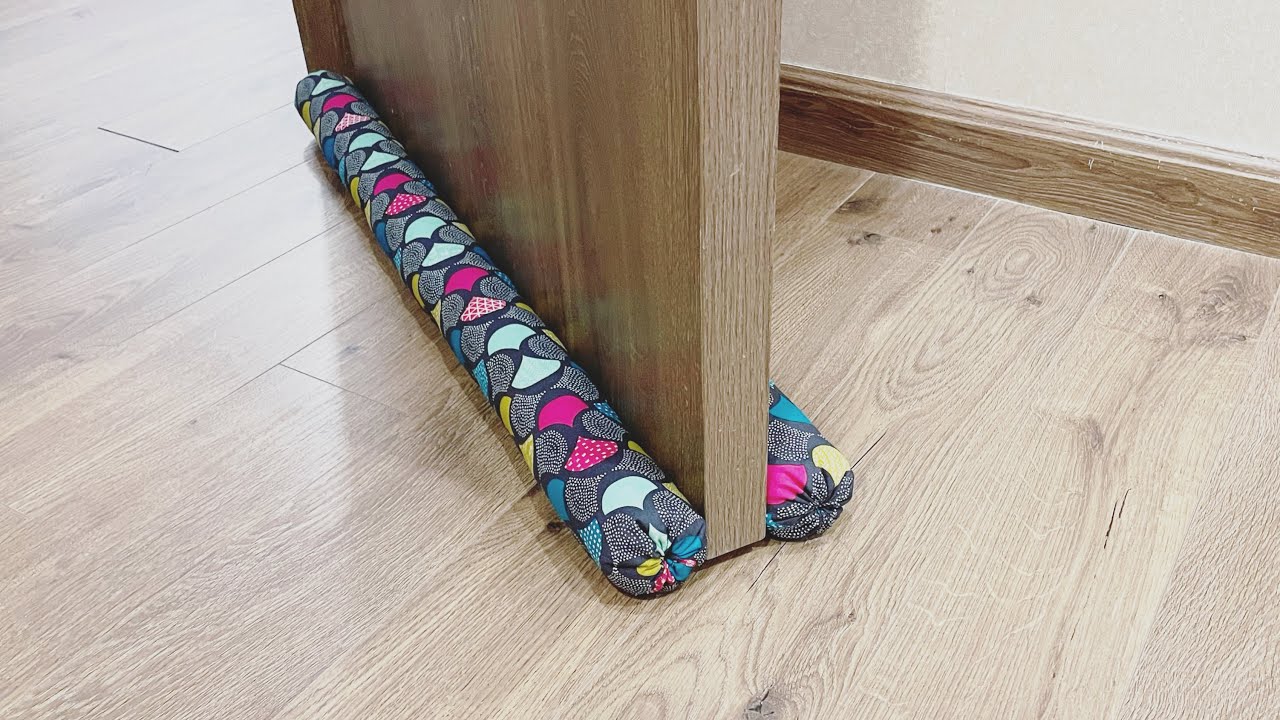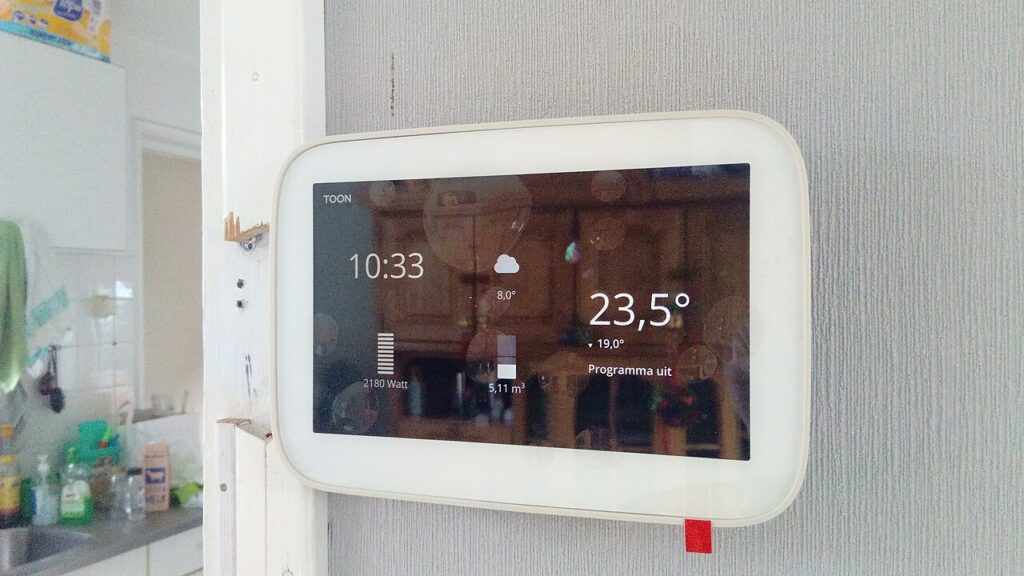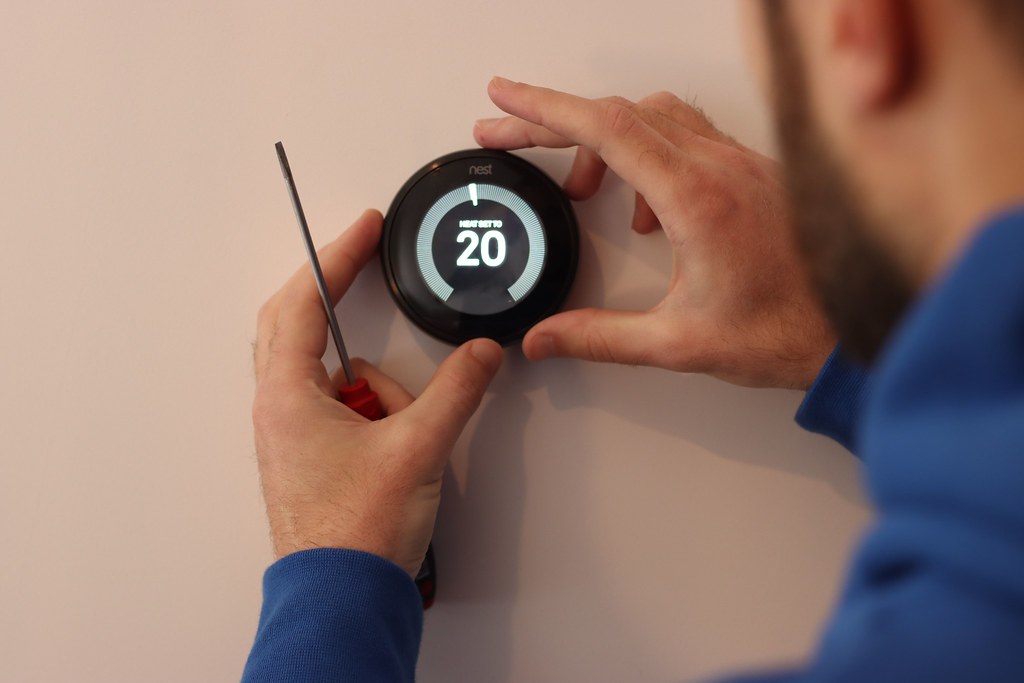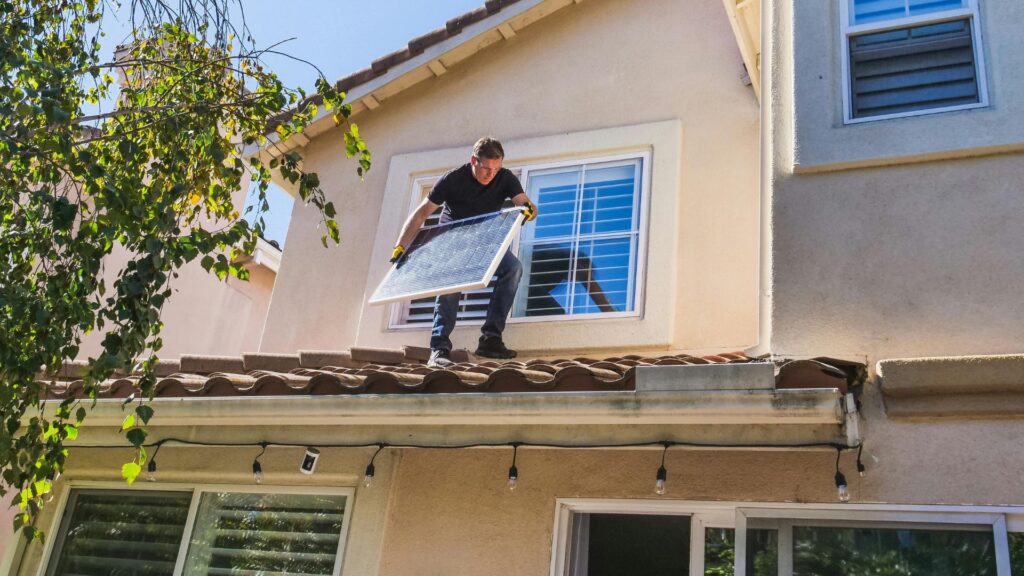When the temperatures drop, your home becomes more than just a place to relax—it’s your shelter against the cold. Winter-proofing your home keeps you warm, lowers your energy bills, and helps prevent costly repairs when freezing weather hits hard.
You don’t need a full renovation to get ready. Start with a few smart steps in key areas of your home, and you’ll be better prepared for whatever winter throws your way.
Seal Up Drafts
Cold air has a sneaky way of getting in—and warm air loves to escape. Start by checking for drafts around windows, doors, and baseboards. Even small gaps can make a big impact on your energy bill.
Use weatherstripping around doors and caulk around windows to seal up leaks. Door sweeps at the base of exterior doors can stop cold air from sneaking in underneath. If you can feel air movement, it’s time to patch it up.
Insulate Where It Counts
Attics, basements, and crawl spaces are major sources of heat loss. If your attic isn’t properly insulated, warm air rises right out of your house. Add insulation or check that existing insulation hasn’t settled or thinned out over time.
In older homes, pipes in crawl spaces or exterior walls may need pipe insulation to prevent freezing. Foam pipe sleeves are inexpensive and easy to install.
Service Your Heating System
Before winter arrives, have your furnace or boiler professionally inspected. A technician can clean parts, check for worn components, and make sure your system is running safely and efficiently.
Change your filters regularly, too. A dirty air filter makes your system work harder and costs you more. If you use a fireplace or wood-burning stove, have the chimney inspected and cleaned to reduce fire risk.
Check Windows and Curtains
Single-pane windows and poorly sealed frames can lose a surprising amount of heat. Use heavy, thermal curtains to trap warmth and keep cold out. Open them during sunny days to let in natural heat, and close them at night to hold warmth in.
If window replacement isn’t in the budget, try temporary solutions like plastic insulation film. It creates a barrier that reduces heat loss without much effort or cost.
Protect Pipes from Freezing
Frozen pipes can burst and cause major damage. Focus on pipes near exterior walls, under sinks, and in unheated spaces. Keep cabinet doors open in kitchens and bathrooms during cold snaps so warm air can circulate.
If a hard freeze is coming, let faucets drip slightly to keep water moving through the pipes. You can also install heat tape on vulnerable pipes for added protection.
Prep Your Roof and Gutters
Before snow and ice build up, clean out your gutters to prevent blockages. Clogged gutters can cause ice dams, which push water under your roof and into your home.
Check your roof for missing shingles or weak spots. Make sure downspouts direct water away from your foundation. These small steps can help you avoid leaks, cracks, or costly water damage later.
Test Alarms and Emergency Systems
With heaters running and windows sealed tight, it’s essential to test smoke detectors and carbon monoxide alarms. Change the batteries and make sure you have one on every floor.
If you use space heaters or a fireplace, keep them away from flammable items and use them according to safety guidelines. And be sure to have a fire extinguisher nearby—just in case.
Stock Up on Winter Supplies
Don’t wait until a storm hits to find out you’re low on essentials. Stock up on salt or sand for walkways, snow shovels, and windshield scrapers. If you have a snow blower, make sure it works and has fuel.
Keep extra blankets, bottled water, batteries, and flashlights on hand in case of power outages. A little planning now can make a big difference later.
Reverse Ceiling Fans
It’s a small change that makes a big impact. Most ceiling fans have a switch to reverse the blade direction. Set it to run clockwise in winter to push warm air down from the ceiling and keep rooms more comfortable.
This is especially helpful in rooms with high ceilings, where heat naturally rises and stays out of reach.
Winter-proofing your home doesn’t need to be overwhelming or expensive. A few simple changes can go a long way toward keeping your home warm, safe, and energy efficient all season long.
Start early, tackle one task at a time, and you’ll be ready for whatever winter has in store—without the stress or the steep energy bills.



